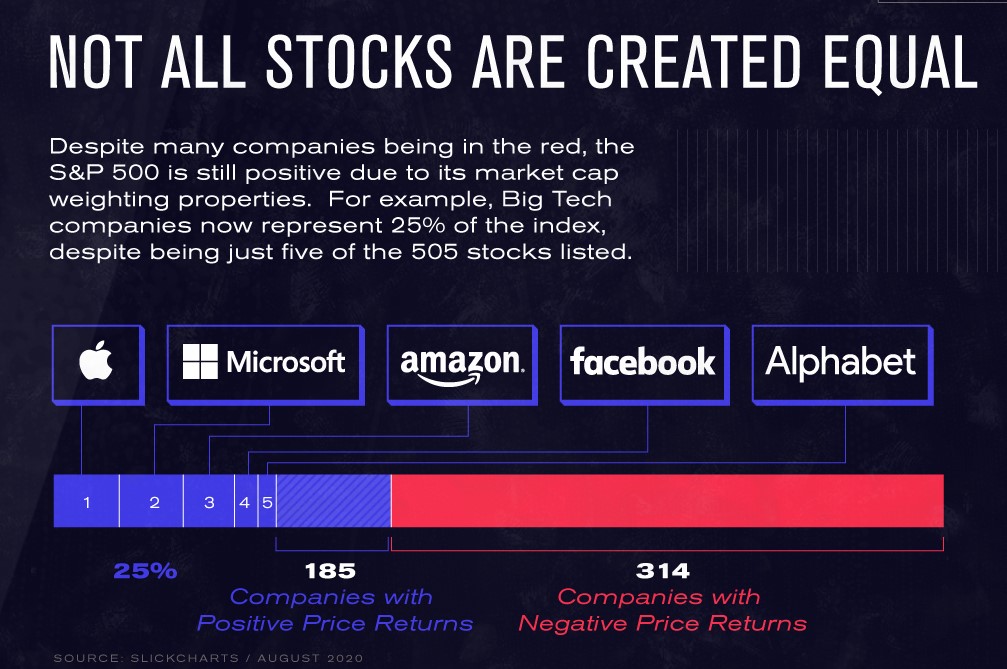“The truth is revealed by removing things that stand in its light, an art not unlike sculpture, in which the artist creates not by building, but by hacking away.” – Alan Watts
There are two sides to every story with the truth lying somewhere in between. In the red corner we have US Consumer Sentiment, in the blue corner, the US stock market. One has taken a beating while the other looks as though the pandemic never laid a glove on it. In previous market events both indices behaved in roughly similar ways. This time it is different, but why?
Perhaps ‘hacking away’ will shed some light on the subject and yield some clues.
How is a Consumer Sentiment Index created?
The University of Michigan, amongst others, conduct a monthly survey of consumers asking the following five basic questions:
- Are you better or worse off financially compared to a year ago?
- Will you be better or worse off financially a year in the future?
- Will business conditions during the next year be good, bad, or other?
- Will business conditions over the next five years be good, bad, or other?
- Is it a good time to make large purchases such as major household appliances?
So, is the US stock-market in denial?
The S&P 500 is an index of the top 500 publicly traded US companies weighted by market capitalisation. The top 5 companies are all technology giants with a combined market capitalisation of almost $5.5 trillion. The sheer scale of technology companies dominates the S&P 500, making up around a quarter of the index. Stock markets are forward looking, with prices reflecting a company’s future earnings prospects. The staggering growth of companies like Apple, Amazon and Microsoft continues despite, or perhaps because of, the pandemic.


One further contribution – The U.S. Federal Reserve intervention
Some sectors of the market are especially vulnerable; particularly where consumer discretionary spending is involved. To support the motor industry, for example, the Federal Reserve has ensured access to funding. This unusual and controversial program not only facilitated the availability of credit but demonstrated its willingness to directly support companies. The Federal Reserve is effectively allowing companies to “borrow” their way out of the pandemic.
These commitments have propped up stock markets. The announcement in June bolstered market confidence as the move effectively removed the potential impact of poor sales or risk of bankruptcy from shareholders and laid it at the Federal Reserve’s door.
Will normal service be resumed anytime soon?
Even with the resilient, robust growth in the tech sector looking set to continue, it’s doubtful that things will be back to ‘normal’ soon. The continuing woes of many other sectors means reconnecting markets and consumer sentiment looks unlikely at least in the short term. Some think it could grow wider before things begin to normalise.
